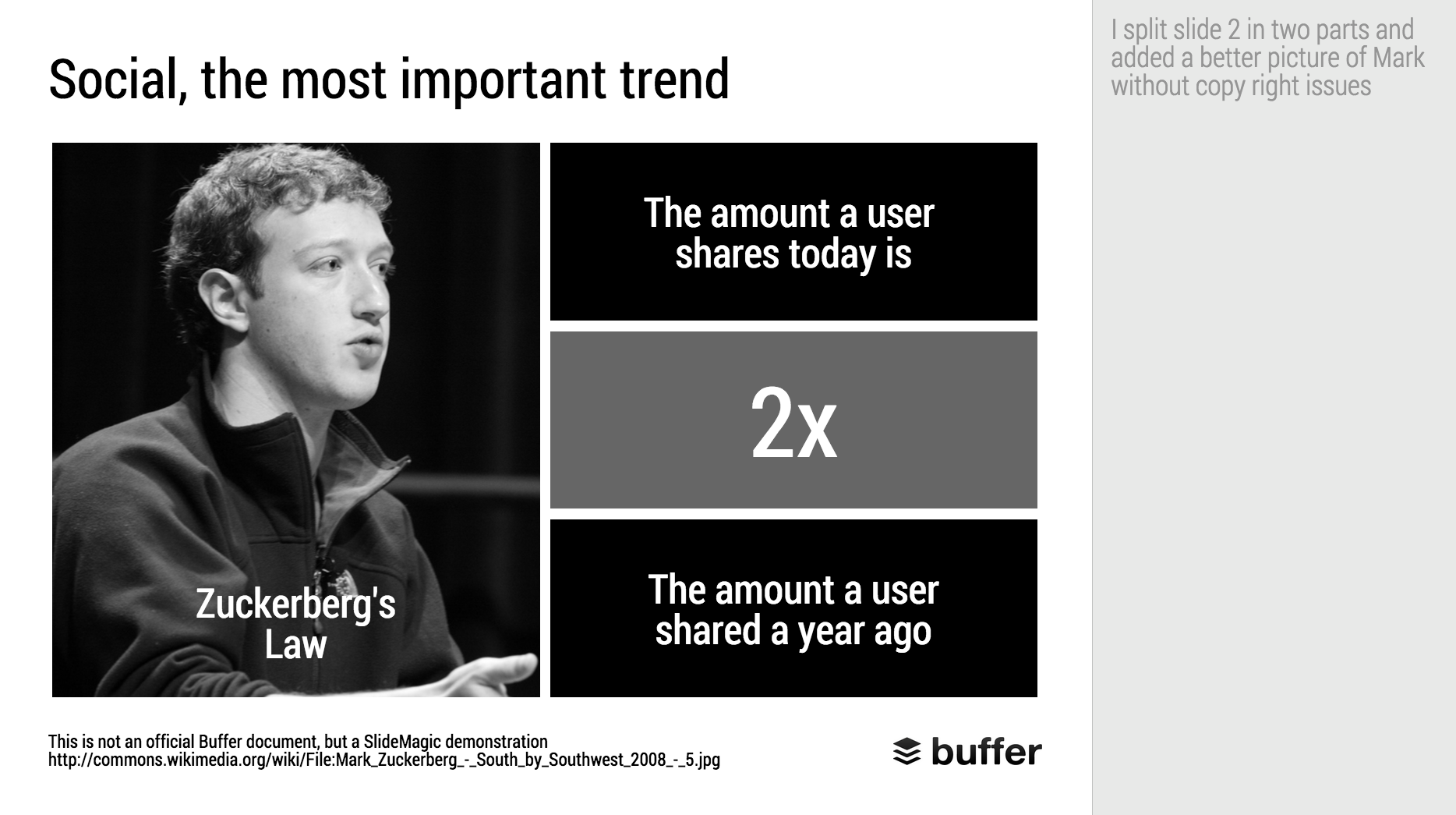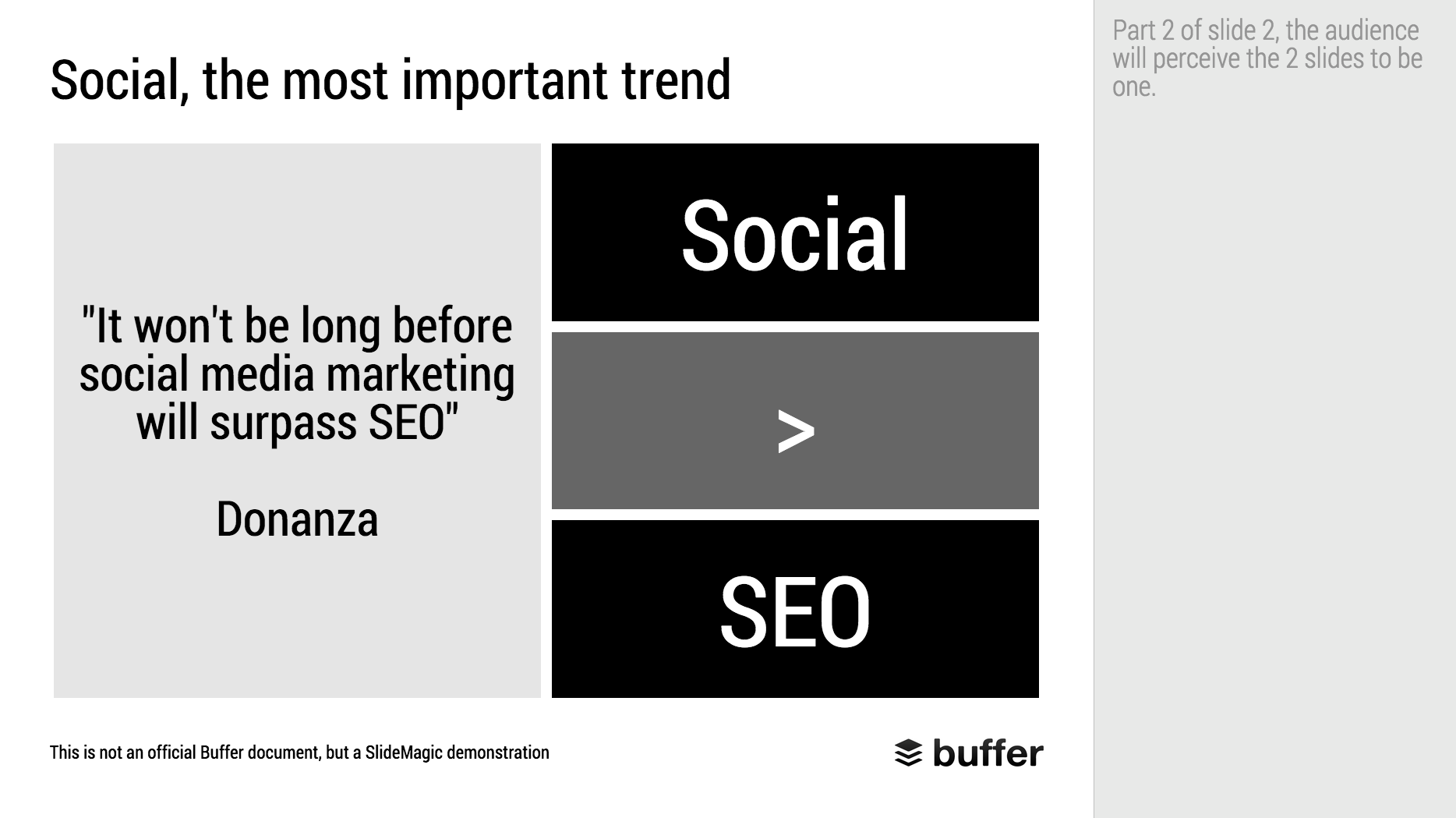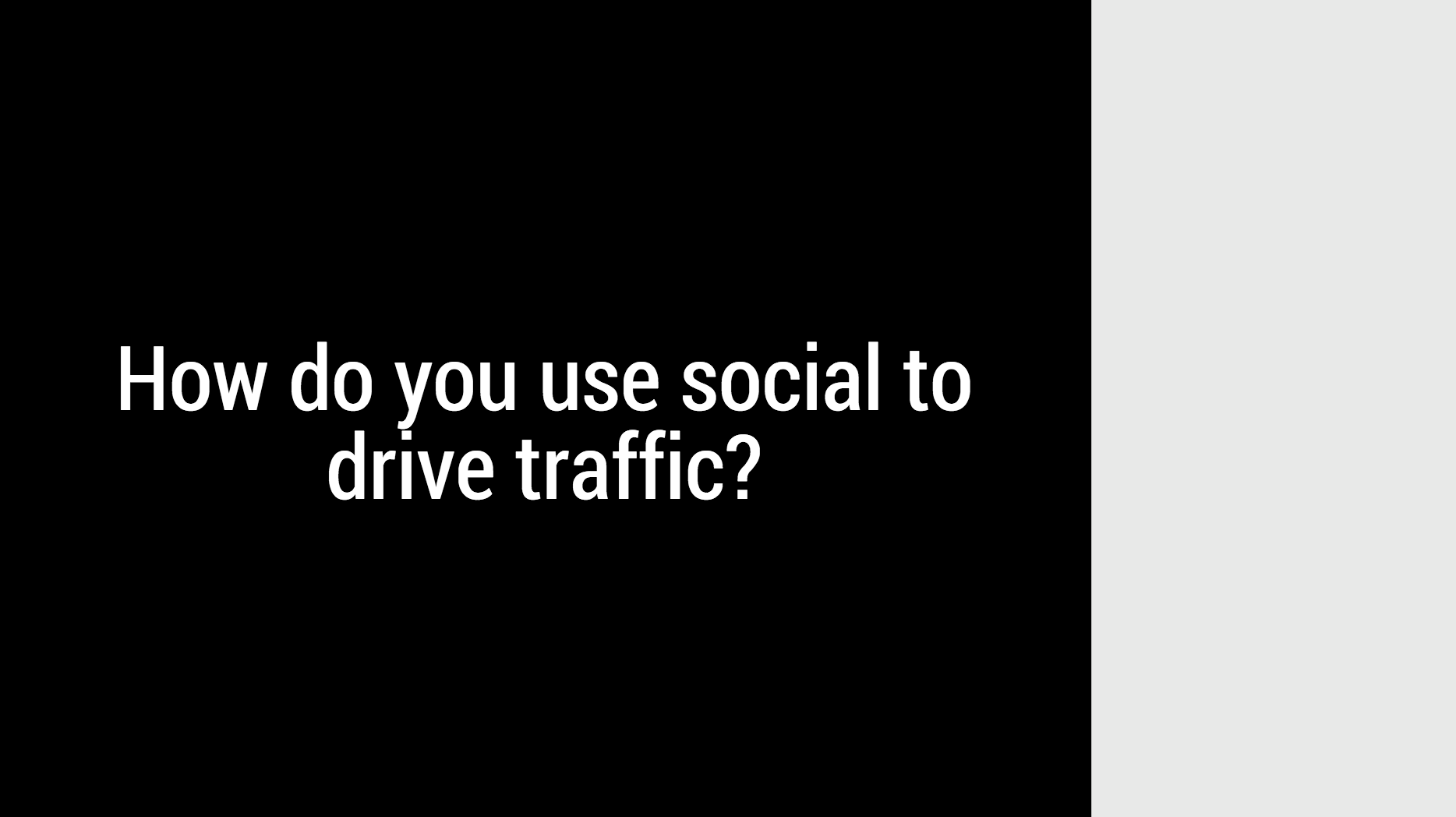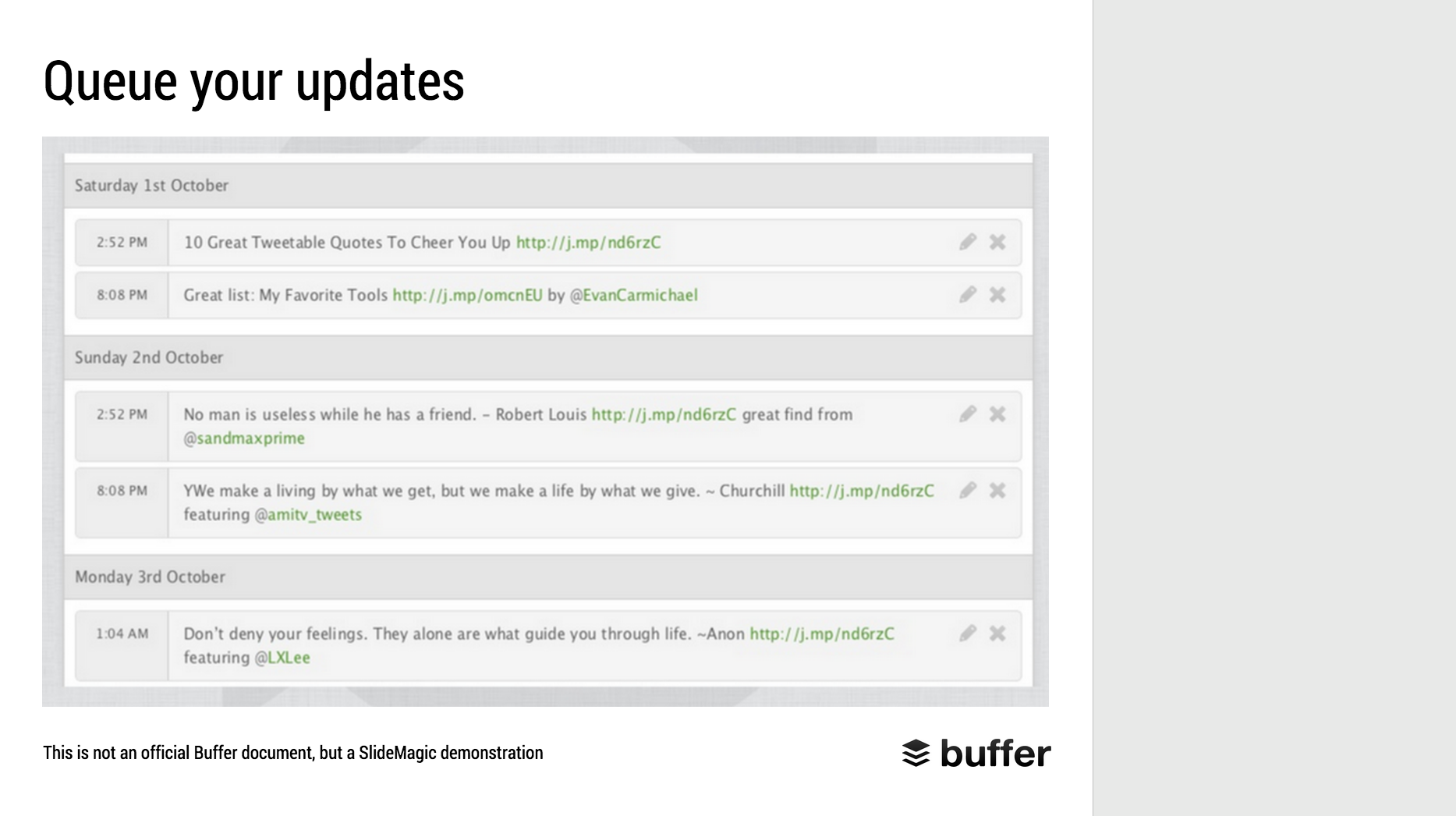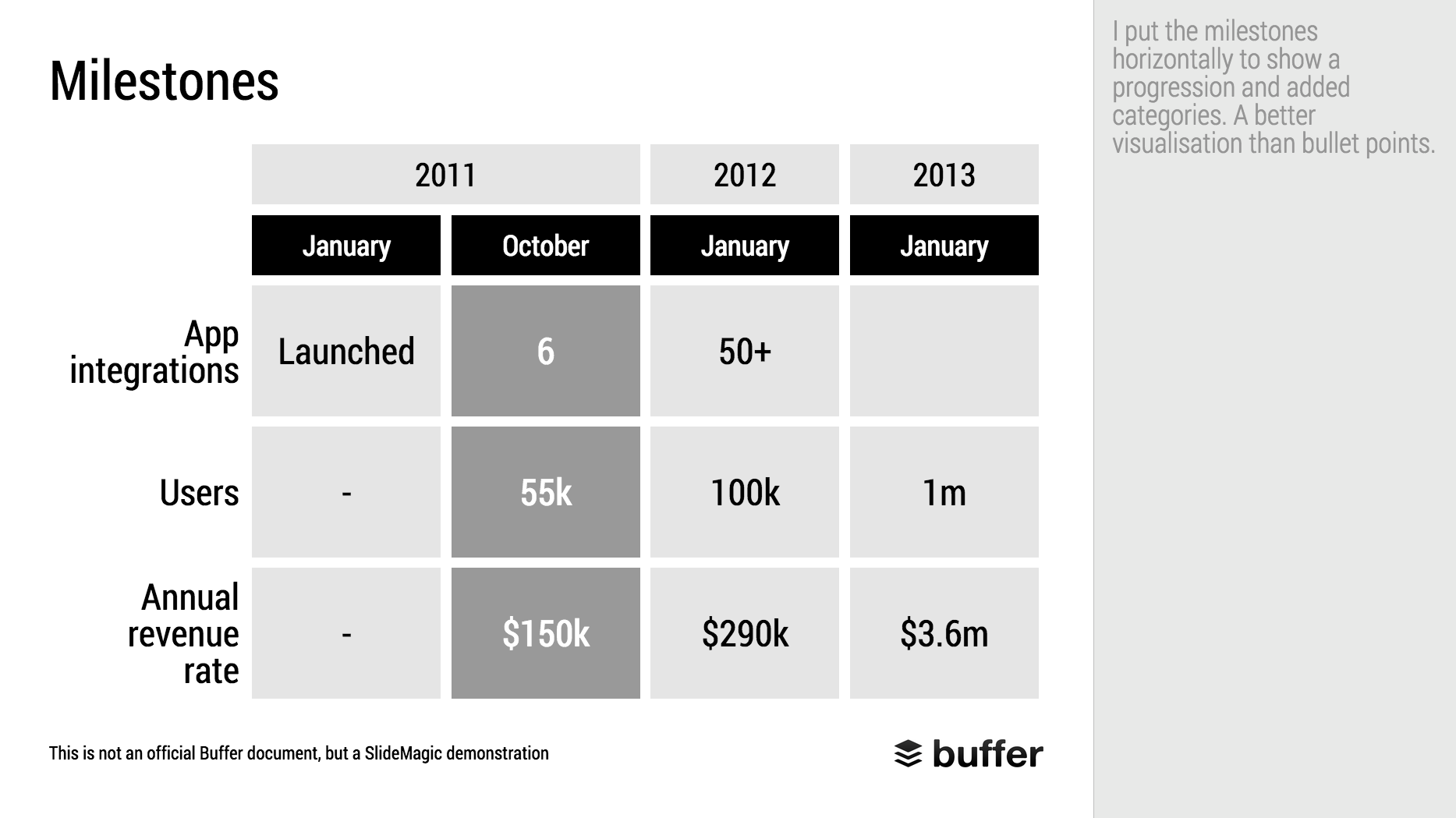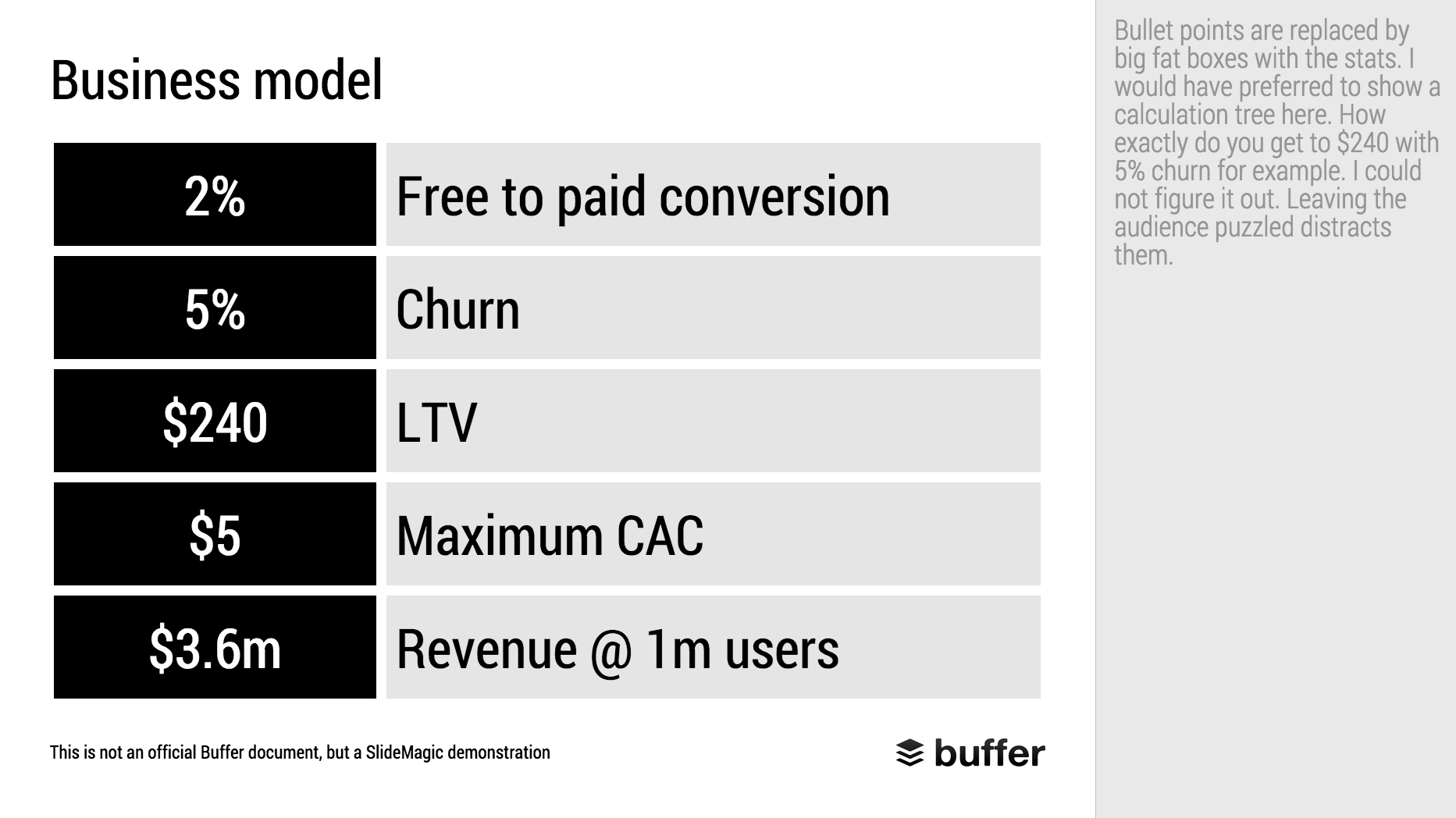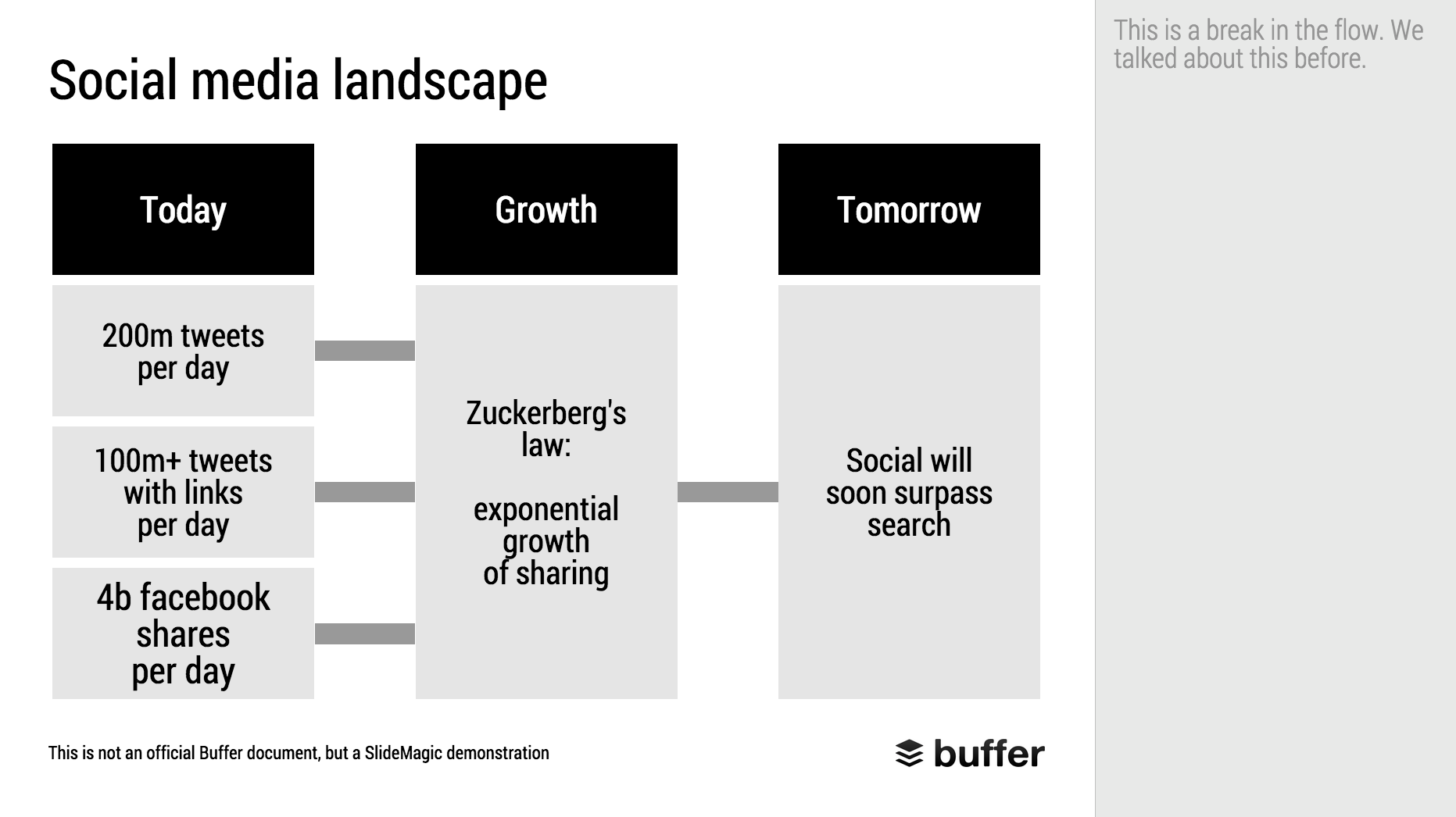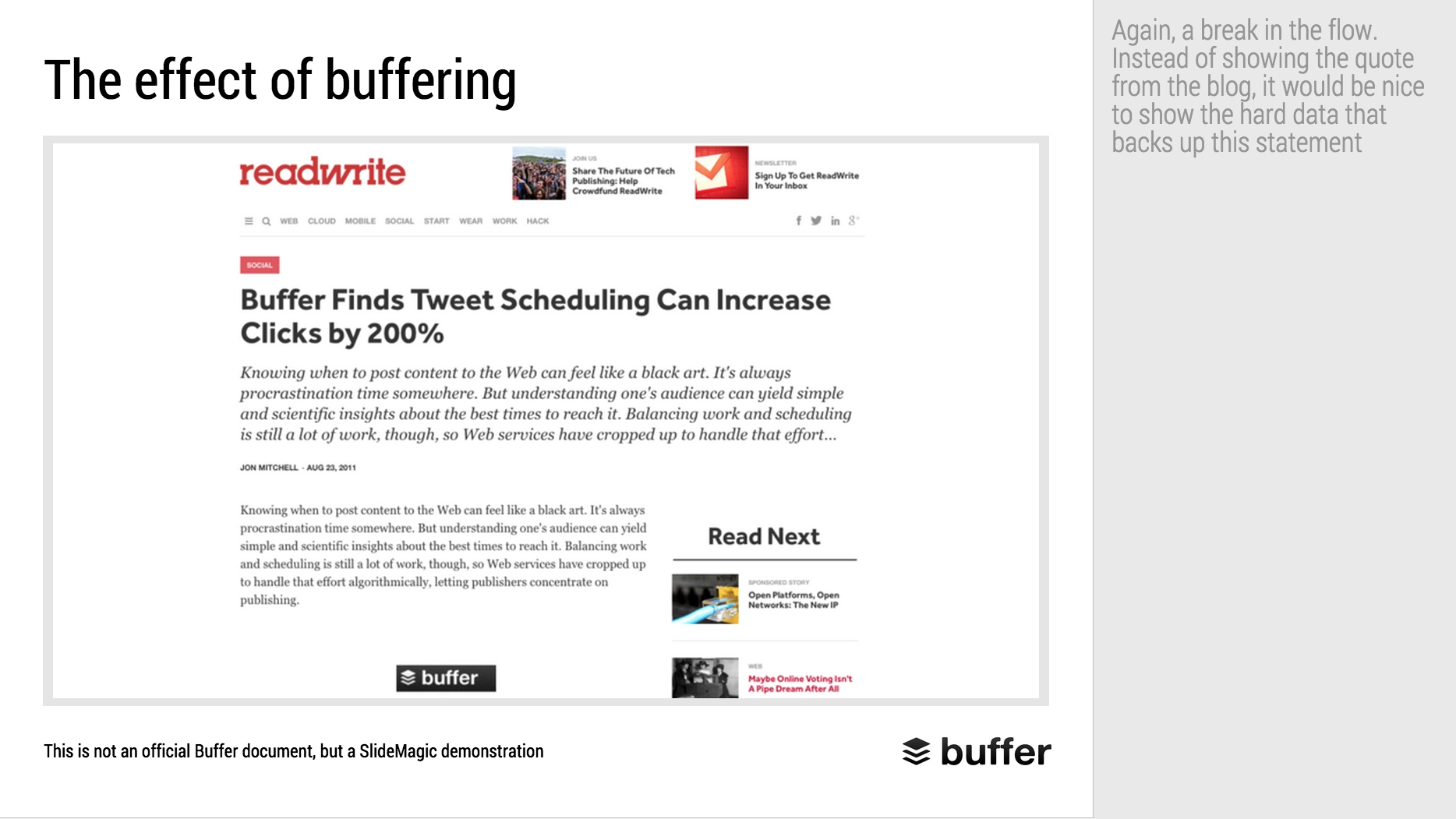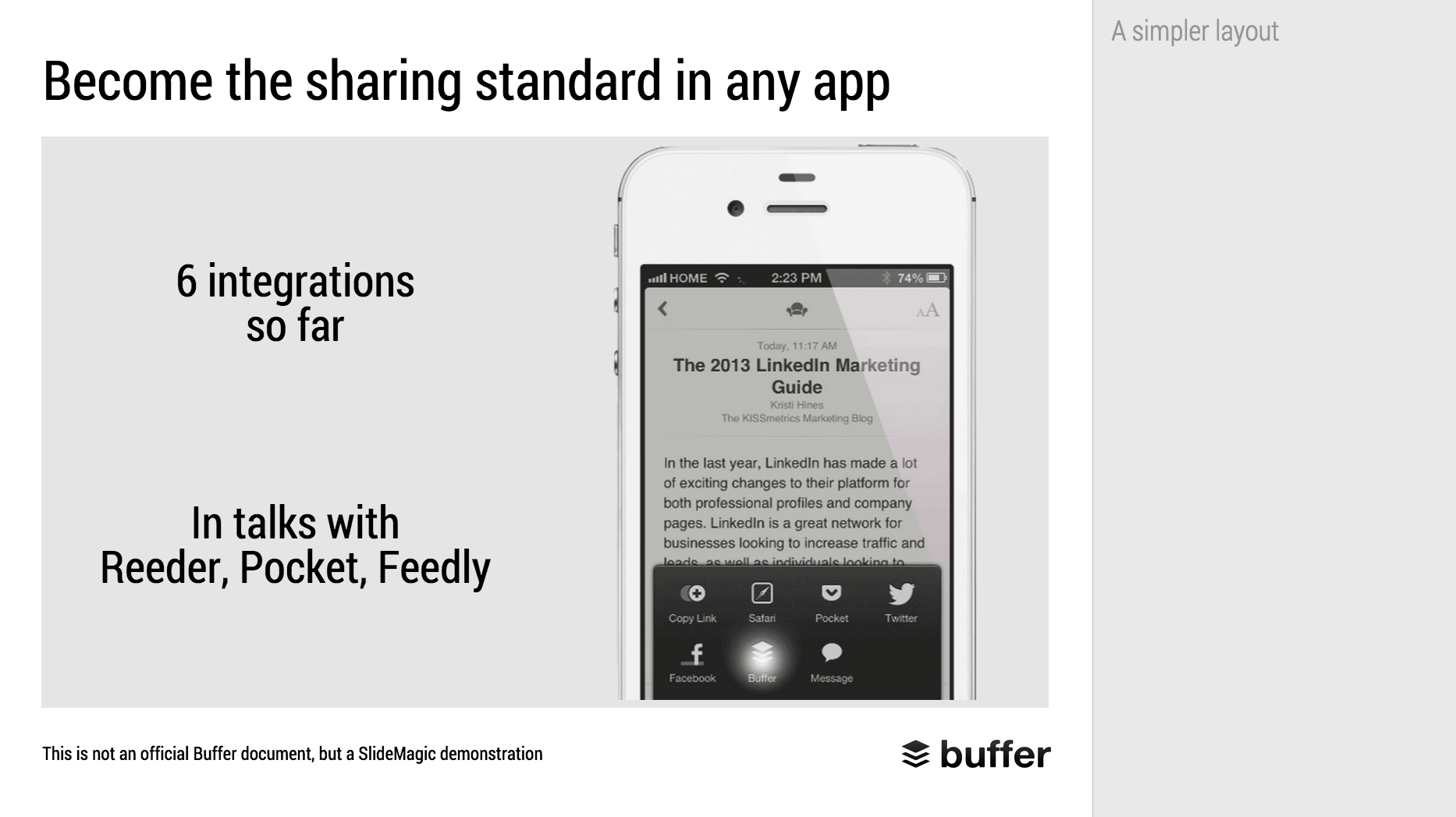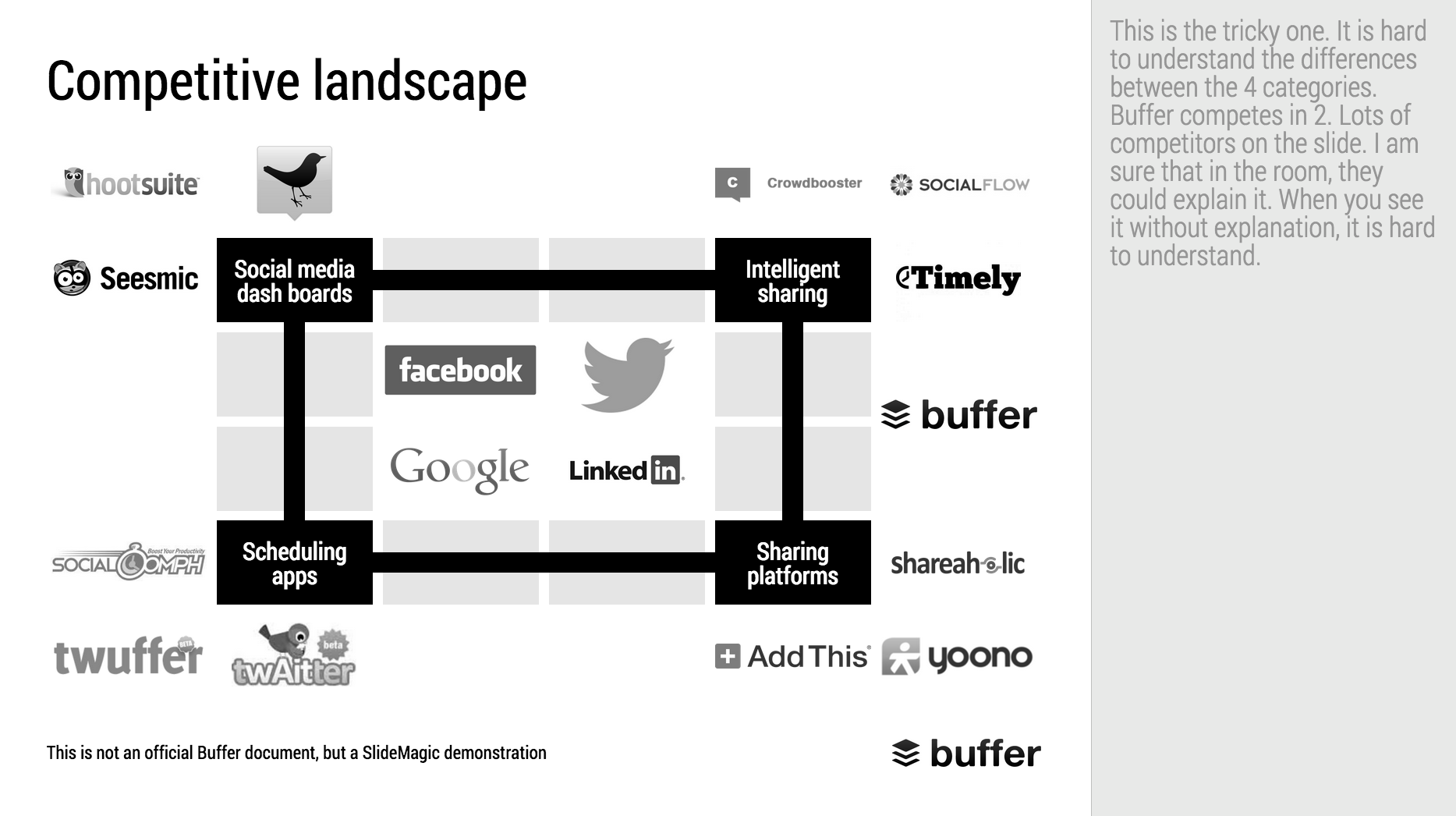Some presentations stay in use for years. The designer has made small updates to slides, but overall the document has not changed. While the slides are more or less the same, the story probably has moved on.
Signs that this is the case:
- The presenter puts the first slide on, and then runs the entire presentation without clicking to the next slide
- The presenter discounts every slide, "what this slide really should say is [this] and [that]"
- The presenter skips through the presentation
If this is happening, it is time to let go of the presentation and create a new one from scratch. A fresh presentation that follows the narrative of your latest story.
I tried doing this the other day, but when asked for feedback, I got the old presentation back with bullet point added here and there, because "it was more familiar to edit" than the new one. I am going to push back.
Art: Ilya Repin-What freedom!" by Ilya Repin - http://www.lappeenranta.fi/images/20060517150232.jpg. Licensed under Public Domain via Commons.



















